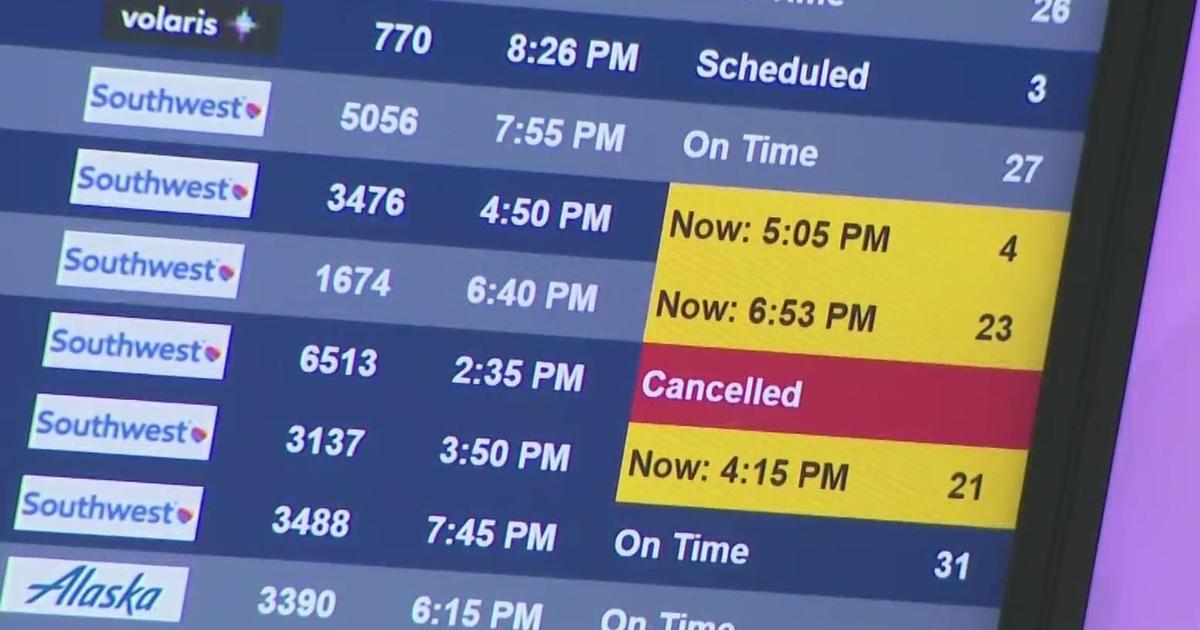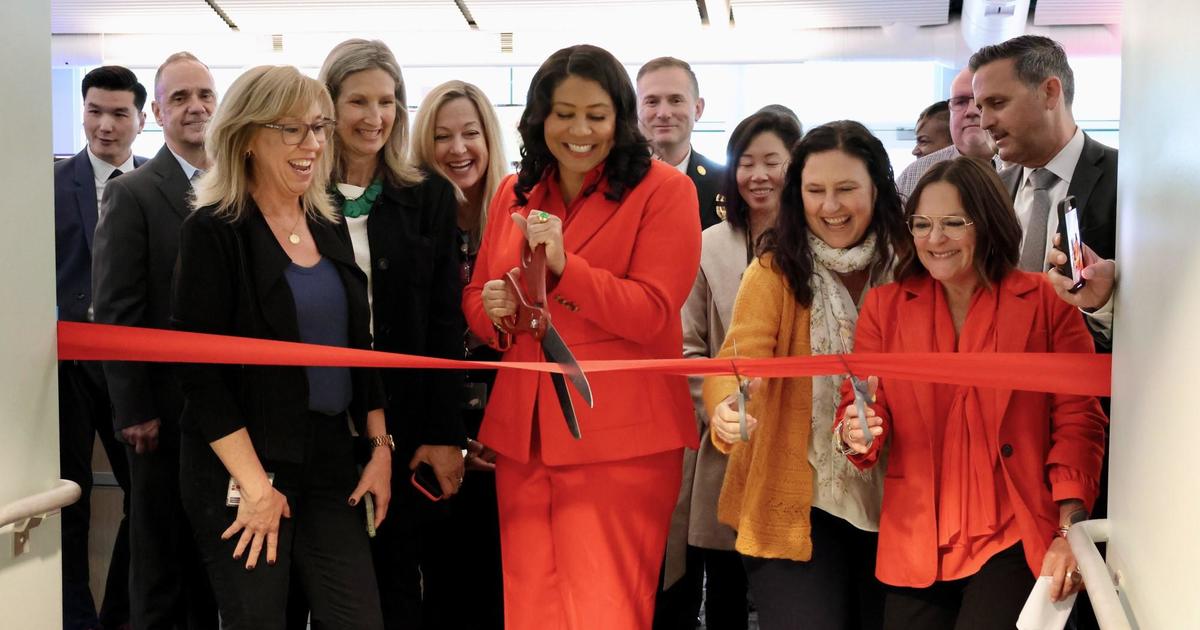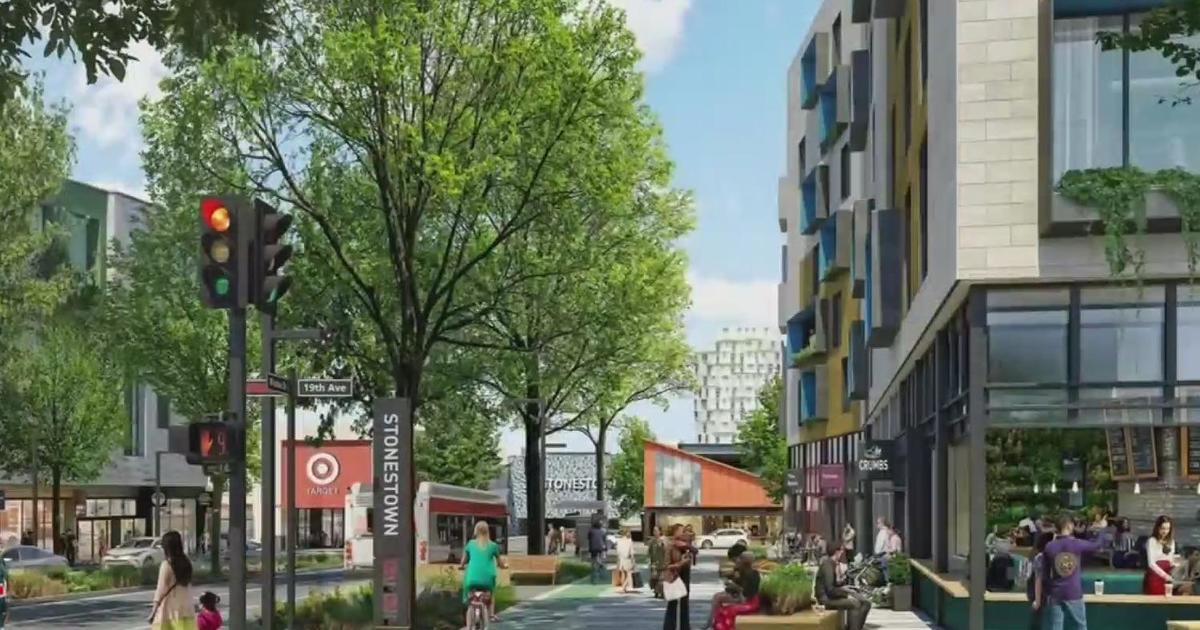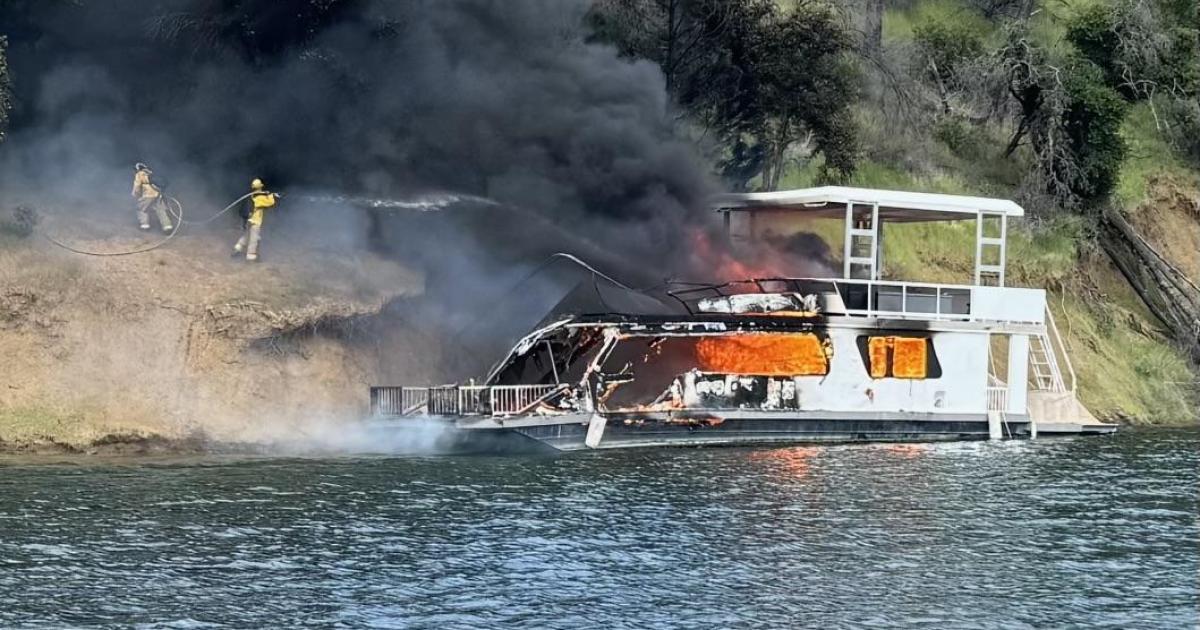Temporary Fix May Allow New Bay Bridge To Open By Labor Day After All
OAKLAND (CBS/AP/BCN) — Officials are studying a temporary fix for cracked seismic safety bolts on the San Francisco-Oakland Bay Bridge that could allow the new eastern span to open as scheduled on Labor Day after all, but they said Wednesday a decision had not yet been made on the work.
At this point, members of the Toll Bridge Program Oversight Committee said, the longer-term repairs were still scheduled to be finished by Dec. 10.
A bridge engineering expert surprised the transportation officials who are overseeing the $6.4 billion project with his comments at Wednesday's committee meeting about a short-term fix that could avoid derailing the planned opening of the span.
Frieder Seible recommended a "shimming" idea — installing steel plates into the area of the broken bolts to help prevent movement during an earthquake on the new span, which is aimed at being safer during a quake than the existing span built 77 years ago.
The temporary fix would be in place while long-term repairs occurred, said Sieble who is an emeritus dean at the University of California at San Diego and also chairs the Toll Bridge Program Seismic Safety Peer Review Panel.
Temporary Fix May Allow New Bay Bridge To Open By Labor Day
"We could still achieve full seismic safety for the bridge and we could do it in a month," he said.
Seible's proposal came only two days after oversight committee members announced that the bridge opening would have to be delayed until December to fix problems with failed anchor bolts on a pier along the new span just east of Yerba Buena Island.
The existing bridge, built in the 1930s, is not considered earthquake-safe, and years of cost overruns totaling millions of dollars and construction and design delays have plagued the new project that had been scheduled to open on Labor Day with great fanfare.
Seible said it's important to open the new span as soon as possible because there's "little confidence" the existing span, which was damaged in the 1989 Loma Prieta earthquake, could withstand even a moderate temblor.
"We don't know when the next earthquake could occur," Seible said, "It could occur any day."
Temporary Fix May Allow New Bay Bridge To Open By Labor Day
Several members of the Bay Area Toll Authority, which consists of local elected officials, said they werein favor of exploring the temporary fix.
Rohnert Park City Councilman Jake McKenzie, who represents Sonoma County, said, "If we can expedite the opening, I'm here to support it."
After Wednesday's three-hour meeting, oversight committee leader Steven Heminger told reporters that he'd previously heard of the concept of using shims to turn bearings into shear keys but Wedenesday was the first time he found out that Seible has prepared an engineering concept that could be implemented soon.
"It merits vetting and will discern if it can happen soon," he said.
Caltrans Director Malcolm Dougherty agreed, saying, "it's a developing conversation that will be subjected to review and we'll give it due diligence."
The current problems with cracked bolts started in March, when 32 of the 17-foot-long bolts that secure earthquake shock absorbers to the deck of the bridge were tightened.
Tests found that hydrogen had infected the bolts, which were also made of poor quality steel, making them brittle. When tightened to high tension, the brittleness gave way, causing the cracks.
An investigative report faulted all entities involved in the design and construction of the bolts: the California Department of Transportation, bridge engineers at T.Y. Lin International/Moffatt & Nichol Design; and contractor American Bridge-Fluor Joint Venture. The bolts were manufactured in Ohio in 2008.
For example, investigators found that construction crews left the faulty bolts in open ducts for five years, exposing them for long periods to rainwater and marine air.
Investigators also faulted all parties for choosing to subject the bolts to "hot-dip" galvanizing, a corrosion protection process that exposed them to the high heat that can increase brittleness and susceptibility to hydrogen.
Heminger said all parties should help pay for the repairs.
"If there's shared responsibility, we think there ought to be shared financial responsibility," Heminger said.
Investigators said a faulty design also complicated repairs. The failed bolts were installed in an area of the bridge beneath a concrete cap that made removal impossible.
The permanent repair is a steel saddle that would replace the clinching function of the failed bolts. It has been estimated to cost about $20 million.
Officials said a review of other bolts throughout the structure have found no further problems, easing concerns that they could also have become brittle from exposure to hydrogen.
(Copyright 2013 by CBS San Francisco, the Associated Press and Bay City News Service. All Rights Reserved. This material may not be published, broadcast, rewritten, or redistributed.)



